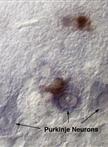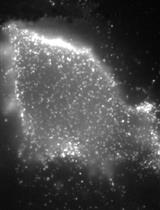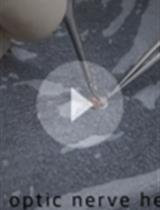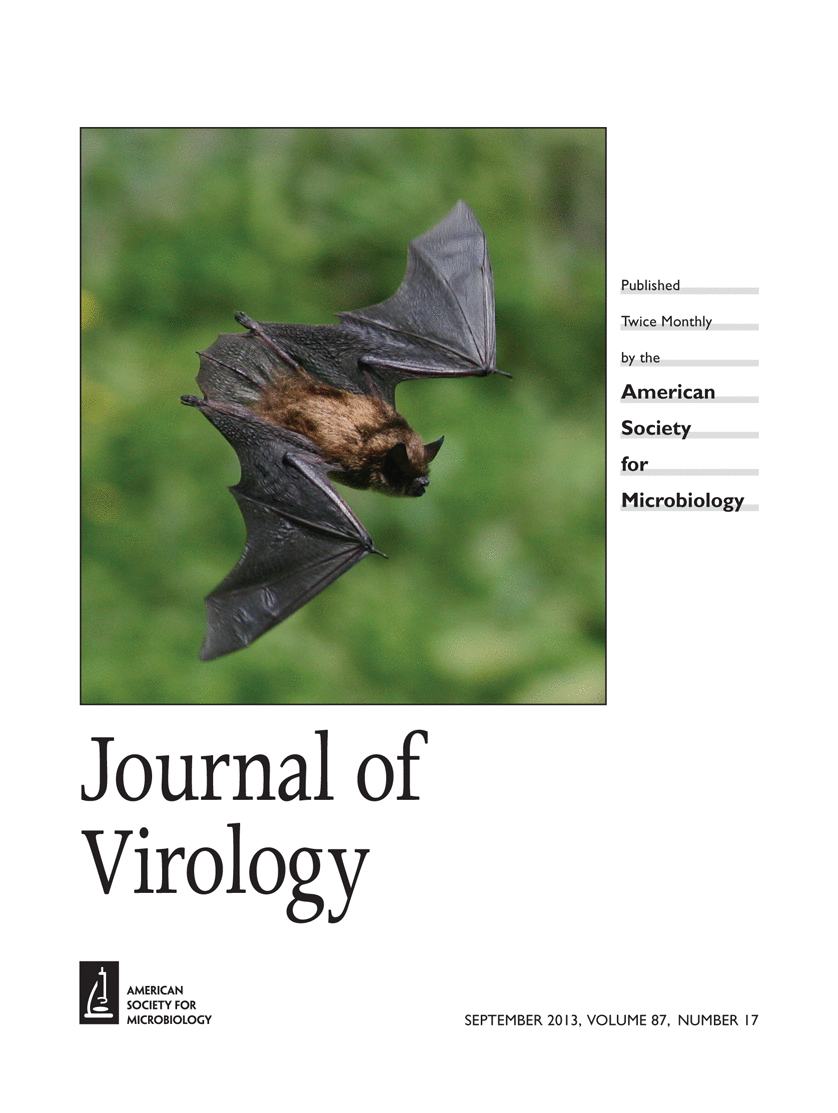- Submit a Protocol
- Receive Our Alerts
- Log in
- /
- Sign up
- My Bio Page
- Edit My Profile
- Change Password
- Log Out
- EN
- EN - English
- CN - 中文
- Protocols
- Articles and Issues
- For Authors
- About
- Become a Reviewer
- EN - English
- CN - 中文
- Home
- Protocols
- Articles and Issues
- For Authors
- About
- Become a Reviewer
α2β1-integrin Clustering and Internalization Protocol
Published: Vol 4, Iss 7, Apr 5, 2014 DOI: 10.21769/BioProtoc.1088 Views: 9760
Reviewed by: Anonymous reviewer(s)

Protocol Collections
Comprehensive collections of detailed, peer-reviewed protocols focusing on specific topics
Related protocols

Combined in situ Hybridization/Immunohistochemistry (ISH/IH) on Free-floating Vibratome Tissue Sections
Manuel E. Lopez
Sep 20, 2014 15453 Views

Measuring the Endocytic Recycling of Amyloid Precursor Protein (APP) in Neuro2a Cells
Florent Ubelmann [...] Claudia Guimas Almeida
Dec 5, 2017 8126 Views

Non-separate Mouse Sclerochoroid/RPE/Retina Staining and Whole Mount for the Integral Observation of Subretinal Layer
Sung-Jin Lee and Soo-Young Kim
Jan 5, 2021 4414 Views
Abstract
α2β1-integrin clustering experiment can be used to trigger internalization of α2β1-integrin. When clustering is performed with sequential administration of primary and fluorescent secondary antibodies, the entry kinetics of integrin can be followed into the cell. The idea is first to allow binding of primary antibodies (recognizing the extracellular epitope) to the α2β1-integrins and then to cluster the α2β1-integrin-bound primary antibodies together by the means of the secondary antibody. Binding is done on ice so that the α2β1-integrins will not internalize before both sets of antibodies are bound. Clustering is known to trigger α2β1-integrin internalization efficiently from the cell surface to the cytoplasm. In this protocol we used antibody-induced clustering of α2β1-integrin in order to quantitate the amount of internalized α2β1-integrins in comparison to cell surface-associated α2β1-integrin.
Keywords: integrinMaterials and Reagents
- Adherent Cells (e.g. A549, Hela, SAOS) (on small rounded coverslips, grown to subconfluency)
- Ice
- Fraction V (Sigma-Aldrich, catalog number: 85040C )
- Primary antibody (binds to the α2-integrin ectodomain) (e.g. AbD Serotec, catalog number: MCA2025 ) (diluted in medium containing 1 % serum; use: 4-5 µg/ml)
- Two different secondary antibodies that recognize the primary antibody (example: goat anti mouse Alexa- 488 and 555; Life Technologies, catalog numbers: A-11001 and A-21424 ) (diluted in medium containing 1 % serum; use: 1.3 µg/ml)
- Serum (Life Technologies, catalog number: 10270-106 )
- DAPI prolong gold mounting media (Life Technologies, catalog number: P36935 ) or any other mounting media
- Phosphate buffered saline (PBS)
- Culture medium with 0-10% serum (see Recipes)
- 4% paraformaldehyde (PFA) (Sigma-Aldrich, catalog number: P-6148 ) (see Recipes)
Equipment
- Coverslip (Thermo Fisher Scientific, Menzel-Gläzer)
- CO2 incubator
- Confocal fluorescence microscope
Software
- Data analysis by BioImage XD (open-source, http://www.bioimagexd.net/)
- ImageJ
Procedure
- Subculture suitable adherent cells (e.g. A549 or Hela cells) on round coverslips one or two days before the experiment: place sterile coverslips on a suitable cell culture dish and plate the cells on top of them. Before the experiment you may transfer coverslips with adherent cells to a suitable support, e.g. 4-well, 6- well or 12-well plates.
- Cool the cells on ice for a few minutes (in order to inhibit endocytosis/α2β1-integrin uptake) under a cover.
- Discard the medium and add primary antibody: 30 µl/coverslip, 60 min on ice.
- Wash the unbound antibody gently, by adding BSA-PBS carefully to the cells, not to cause detachment (3x ice-cold PBS containing 0.5 % albumin, 5 min each). For albumin, Fraction V is applicable.
- Secondary antibody (Alexa 555) incubation: 30 µl/coverslip, 30 min on ice (keep the coverslips under cover in the darkness).
- Wash the unbound antibody (3x BSA-PBS, on ice).
- α2β1-integrin internalization: add medium (with 10% serum) on cells and incubate the cells at 37 °C in CO2 incubator for the preferred time (example 2 h).
- Labeling the uninternalised/cell surface-associated α2β1-integrin: cool the cells on ice and do the secondary antibody incubation as in step 4 but now with different fluorescent tag (e.g. Alexa 488).
- Wash the unbound antibody (3x BSA-PBS).
- Fix the cells with 4% PFA for 20 min at room temperature.
- Mount the cells with DAPI prolong gold (or any other mounting media).
- As you image the cells, you will have your internalized α2β1-integrin in “red” (labelled with Alexa 555 conjugated secondary) and the cell surface-associated α2β1-integrin in “green/yellow” (labelled with both Alexas 555 and 488).
- The ratio of intracellular α2β1-integrin can be analyzed by comparing the intensities of the total α2β1-integrin pool (Alexas 555 and 488 colocalizing) and the intracellular α2β1-integrin (Alexa 555).
- The intensity analysis can be done for example with ImageJ or BioImage XD.
- In addition, BioImageXD contains a simple algorithm for calculating the ratio of surface/internalized antigen. The formula is Ch1/(Ch2 - Coloc), where Ch1 is number of voxels that are cell-surface associated and Ch2 is the total pool of antigens (cell surface and intracellular) and Coloc is number of colocalized voxels.
- As you image the cells, you will have your internalized α2β1-integrin in “red” (labelled with Alexa 555 conjugated secondary) and the cell surface-associated α2β1-integrin in “green/yellow” (labelled with both Alexas 555 and 488).
Recipes
- Culture medium with 0-10% serum
- Any normal cell culture medium can be used. 1% serum should be included in the binding steps.
- Complete cell culture medium (with 10% serum) may be used for the internalization step.
- Any normal cell culture medium can be used. 1% serum should be included in the binding steps.
- Recipe for 4% PFA
Dissolve 4 g paraformaldehyde powder to 40 ml of heated water, then add 1 M NaOH dropwise until the solution clears out, cool the solution, add 50 ml 0.2 M phosphate buffer and adjust pH to 7.4.
Acknowledgments
The method is a modification of the protocol described in Karjalainen et al. (2008). This work was supported by funding from the Finnish Academy.
References
Reference for exact protocol
- Karjalainen, M., Kakkonen, E., Upla, P., Paloranta, H., Kankaanpää, P., Liberali, P., Renkema, G. H., Hyypiä, T., Heino, J. and Marjomäki, V. (2008). A Raft-derived, Pak1-regulated entry participates in alpha2beta1 integrin-dependent sorting to caveosomes. Mol Biol Cell 19(7): 2857-2869.
References with modifications from the protocol
- Liberali, P., Kakkonen, E., Turacchio, G., Valente, C., Spaar, A., Perinetti, G., Böckmann, R. A., Corda, D., Colanzi, A., Marjomaki, V. and Luini, A. (2008). The closure of Pak1-dependent macropinosomes requires the phosphorylation of CtBP1/BARS. EMBO J 27(7): 970-981.
- Rintanen, N., Karjalainen, M., Alanko, J., Paavolainen, L., Mäki, A., Nissinen, L., Lehkonen, M., Kallio, K., Cheng, R. H., Upla, P., Ivaska, J. and Marjomäki, V. (2012). Calpains promote alpha2beta1 integrin turnover in nonrecycling integrin pathway. Mol Biol Cell 23(3): 448-463.
- Siljamäki, E., Rintanen, N., Kirsi, M., Upla, P., Wang, W., Karjalainen, M., Ikonen, E. and Marjomäki, V. (2013). Cholesterol dependence of collagen and echovirus 1 trafficking along the novel alpha2beta1 integrin internalization pathway. PLoS One 8(2): e55465.
- Turkki, P., Makkonen, K. E., Huttunen, M., Laakkonen, J. P., Ylä-Herttuala, S., Airenne, K. J. and Marjomäki, V. (2013). Cell susceptibility to baculovirus transduction and echovirus infection is modified by protein kinase C phosphorylation and vimentin organization. J Virol 87(17): 9822-9835.
Article Information
Copyright
© 2014 The Authors; exclusive licensee Bio-protocol LLC.
How to cite
Marjomäki, V., Karjalainen, M., Upla, P., Siljamäki, E., Rintanen, N. and Turkki, P. (2014). α2β1-integrin Clustering and Internalization Protocol. Bio-protocol 4(7): e1088. DOI: 10.21769/BioProtoc.1088.
Category
Immunology > Antibody analysis > Antibody-antigen interaction
Biochemistry > Protein > Immunodetection > Immunostaining
Cell Biology > Cell structure > Cell surface
Do you have any questions about this protocol?
Post your question to gather feedback from the community. We will also invite the authors of this article to respond.
Share
Bluesky
X
Copy link









